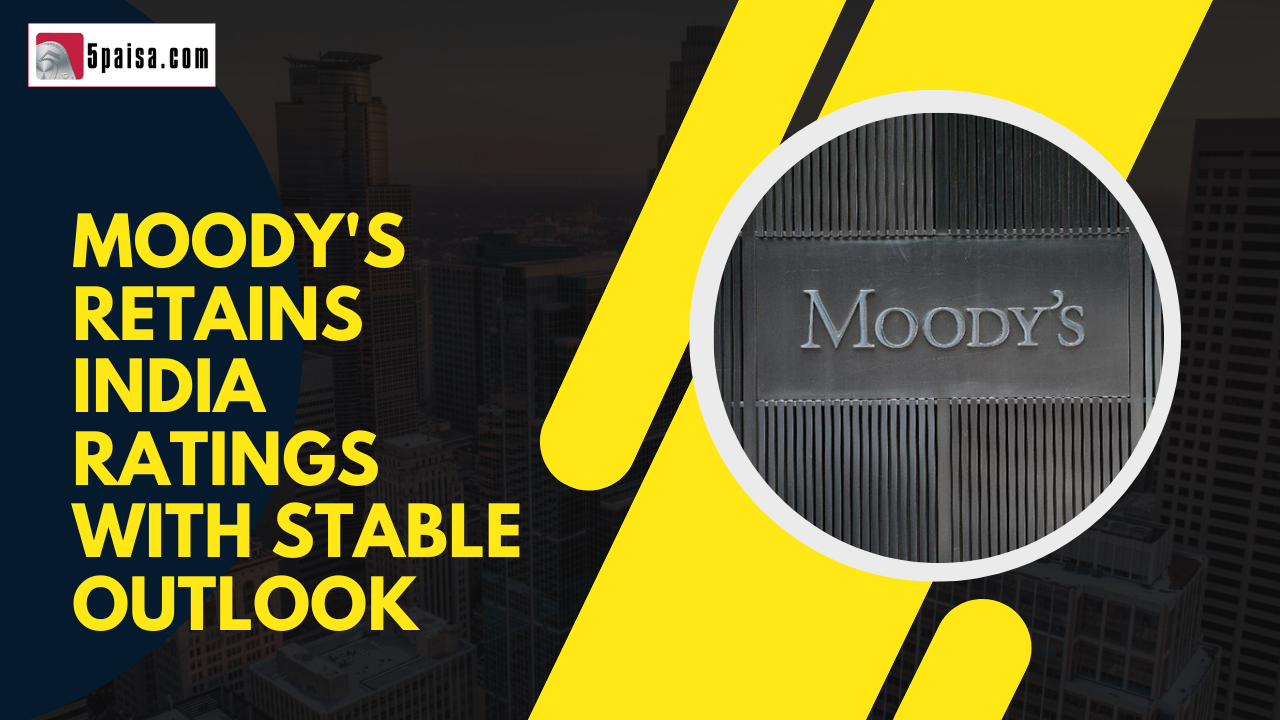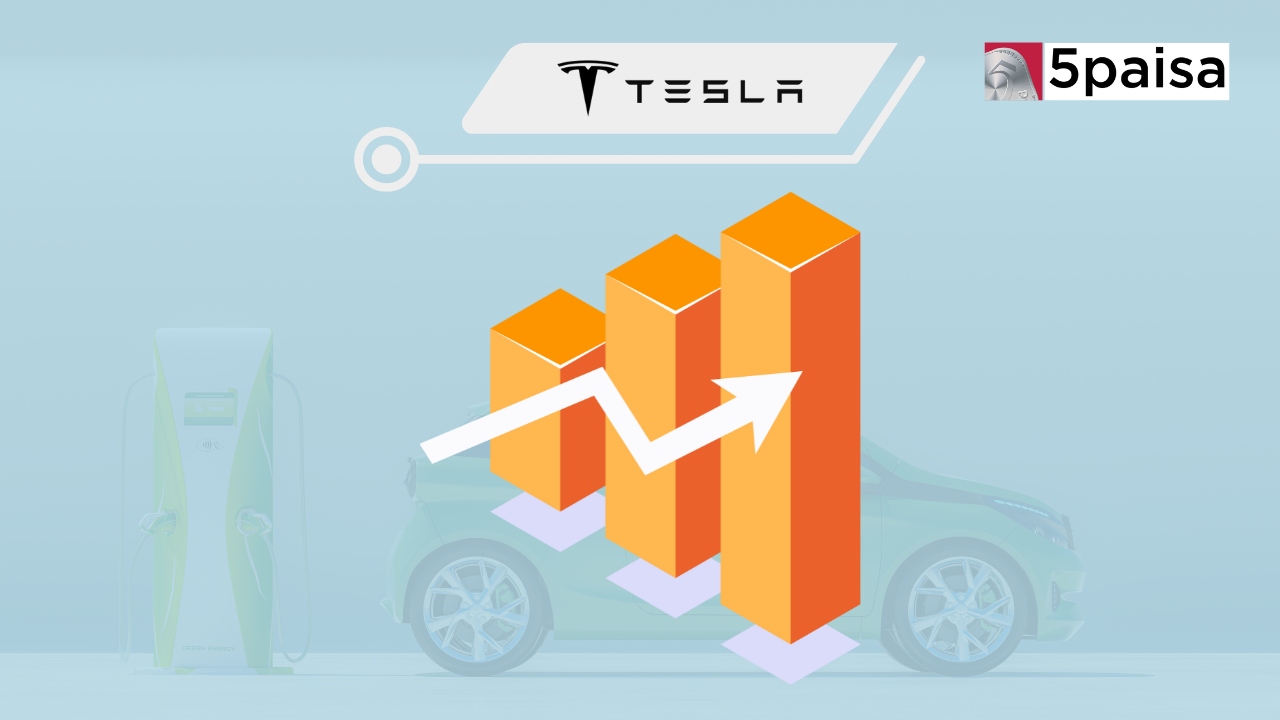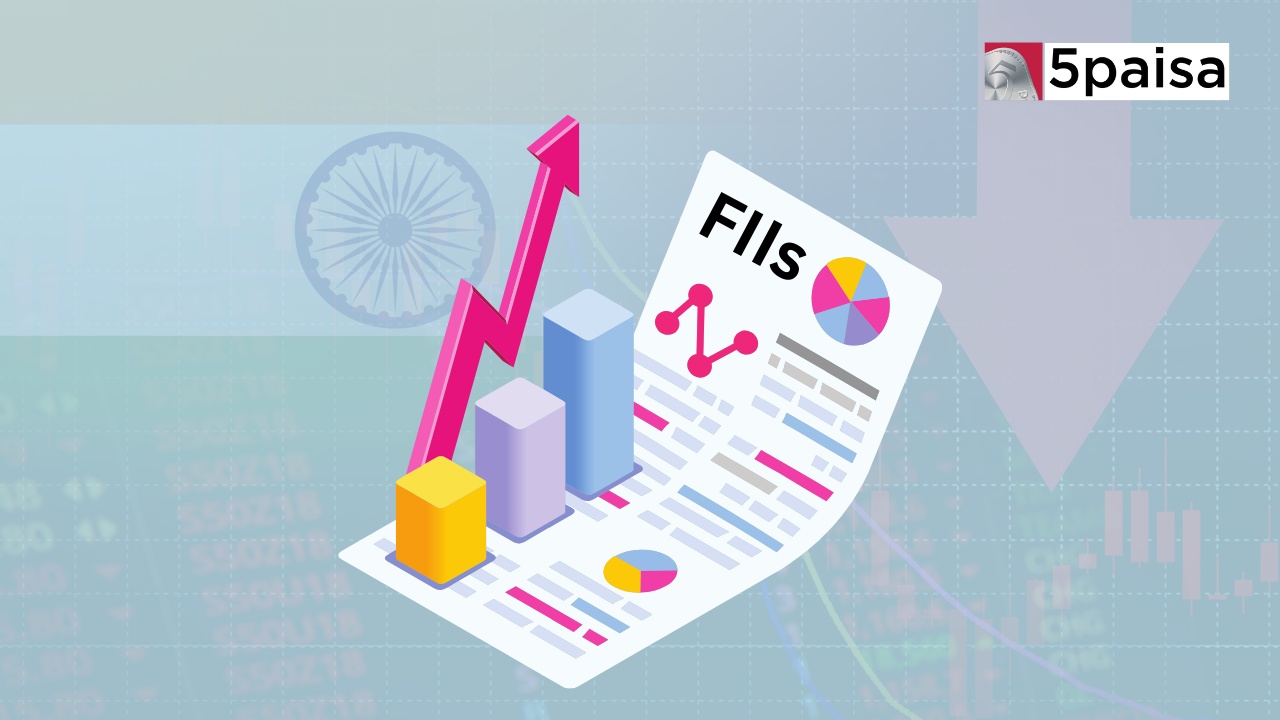Moody’s maintains India Baa3 rating and stable outlook

Last Updated: 7th September 2022 - 05:16 pm
Just a week after Moody’s had downsized India’s GDP growth for FY23, it has decided to hold the ratings and the outlook at the same level. It has maintained the rating at Baa3 and the outlook at Stable, indicating that risks from negative feedback between the economy and financial system were receding. Incidentally, India has a sovereign Baa3 equivalent rating from all the 3 major rating agencies viz. S&P, Moody’s and Fitch. The Baa3 rating is lowest investment grade, but it is positive that Moody’s persisted with the Stable outlook.
There are several reasons cited by Moody’s for maintaining the rating and the outlook for India at Stable. Moody’s cited India’s large and diversified economy with high growth potential as a key reason. Moody’s also pointed out that the external position was relatively strong while the domestic government debt financing model was also fairly stable. The Indian economy had also shown substantial resilience during the COVID period as well as during the recent months of macroeconomic and geopolitical headwinds.
What is more important is that Moody’s expects the India story to improve going ahead. It does not estimate that the global challenges like the lag effect of the Russia-Ukraine military conflict or higher inflation or even the persistent monetary tightening would substantially dent India’s economic prospects. Moody’s also pointed out that the government policy including the macro management by the RBI had helped India to tide over the recent crisis fairly appreciably. All these had played a role in the ratings and outlook being held.
It may be recollected that earlier in June 2022, Fitch Ratings had upgraded its outlook for India’s long-term foreign currency Issuer Default Rating (IDR) from Negative to Stable. Fitch also retained at a similar BBB level and this is the rating it has held for the last 16 years on India. As of now there is total consistency among the rating agencies in their approach to the India story. The 3 top rating agencies viz Standard & Poor (S&P), Moody’s and Fitch; have all assigned similar ratings and also share a similar outlook for India now.
However, Moody’s has also highlighted some challenges for Indian economy. For instance, Moody’s has underscored that the principal credit challenges for India would encompass factors like low per capita income, high general government debt, low debt affordability and limited government effectiveness. However, it must be noted that many of these are likely to change meaningfully in the coming years. However, Moody’s also clarified that rating upgrade would only happen if growth potential rose materially beyond its expectations.
It has called for some macro triggers that could help an upgrade in the coming quarters. For instance, effective implementation of economic and financial sector reforms, a consequent and sustained pick-up in private sector investment combined with a very friendly fiscal policy would go a long way. In addition, Moody’s has said that it would closely watch out for sustained decline in government debt burden as well as perceptible improvements in the debt affordability index would be seen as triggers for an upgrade of the rating.
After the lower expected GDP growth in the June quarter, Moody’s sharply trimmed its real GDP growth forecast for India by 110 basis points from 8.8% to 7.7%. Moody’s is not alone and most brokerage houses are also cautious on India growth story in FY23. They have cited weaker-than-expected growth in investments and higher drag from net exports as some of the factors that could prove to be a drag on growth. For June 2022 quarter, GDP grew at just 13.5% against street expectations of between 15.5% and 16.5%. However, that has not really changed the rating profile of India.
- Flat ₹20 Brokerage
- Next-gen Trading
- Advance Charting
- Actionable Ideas
Trending on 5paisa
06
 Tanushree Jaiswal
Tanushree Jaiswal
Global Market Related Articles
Disclaimer: Investment in securities market are subject to market risks, read all the related documents carefully before investing. For detailed disclaimer please Click here.
 5paisa Research Team
5paisa Research Team




